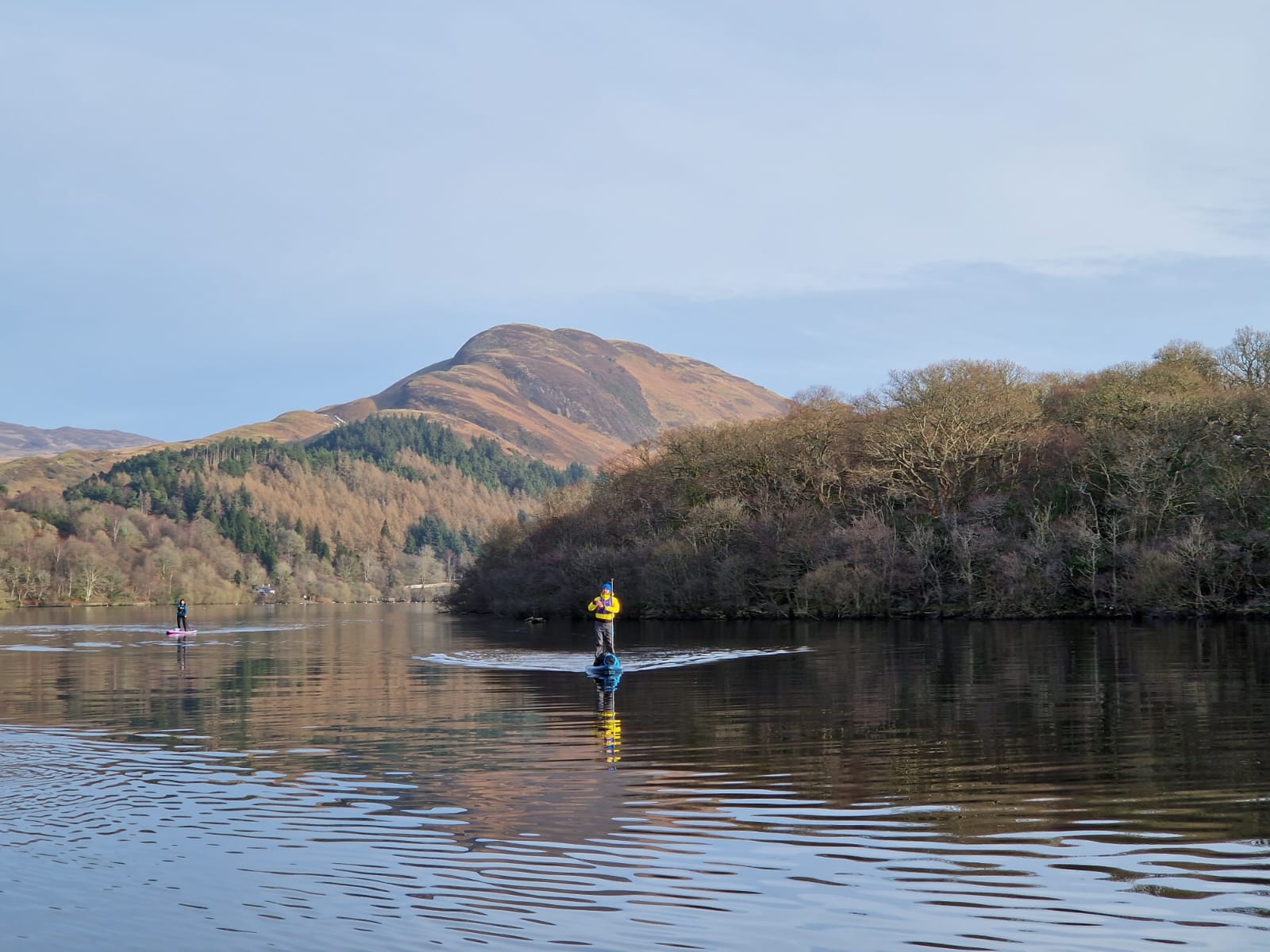Paddling in water with blue-green algae bloom
- Ally Findlay

- Jul 13, 2021
- 3 min read
Updated: Dec 21, 2021
What is blue-green algae?
Blue green algae blooms appear on the surface of the water as green or greenish-brown floating mucus and are caused by cyanobacteria. When this bacteria breaks down, it releases poisonous toxins into the water. It looks like a turquoise pigment and often an off smell a bit like your food waste bin if you forget to put it out.

The toxins are harmful for animals if ingested and dogs often are suspect with running in and out of water course when your out on walks, even if it is just in small quantities. Dogs swallow the algae by drinking the water and then can become very ill. People that ventured into water with blue-green algae can show symptoms of skin rashes, eye irritation, vomiting, diarrhoea, fever and muscle and joint pain. At present there is no evidence death or long term affects of exposure to blue-green algae among people in the UK.
Don’t get blue-green algae mixed up with healthy non toxic algae. Algae isn’t always a bad sign in water. Most of it is healthy and is part of the ecosystem we live in. It is important to understand the similarities and differences between algae and cyanobacteria as both groups can have distinct impacts on surface water quality. Algae is beneficial in the simplest manner because algae release oxygen as part of their metabolism, they serve to oxygenate the water. Algae are good indicators of the health status of a water body, that is, the degree of pollution and nutrients in that water. A lake full of green algae is relatively "clean" water, but blue-green algae indicates a more polluted condition caused by Cyanobacteria.
A recent article in The Guardian by Professor Laurence Carvalho, of the UK’s Centre of Ecology and Hydrology, explained that the incidence of blooms is increasing because of to two main reasons: nutrients in the water and recent heat waves:
“The fundamentally important thing is plant nutrients – nitrogen and phosphorus. It’s the pollution of our lakes and reservoirs with treated sewage effluent and agricultural runoff. Most sewage treatment removes organic chemicals and harmful bacteria, but they don’t remove nutrients, so when that effluent enters our waters, they are much more enriched than in natural conditions.”
The Centre of Ecology and Hydrology have found that the conditions for the blue-green algae’s growth are further enhanced when the water temperature is above 17C. Professor Carvalho added
“There’s pretty strong evidence that climate change is leading to increased problems, more widespread and intense blooms, right across the globe. We expect with warming that things will get worse.”

How do I know if I am being exposed to blue-green algae?
Whilst in open water in Scotland people need to know that harmful blue-green algae blooms could be present in any water source. If the water source noticeably is discoloured or that has surface scum then there is a high chance that it could be blue-green algae. Water heavily affected by harmful blue-green algal blooms can almost look like a green paint sitting on top of the water.
What should I do if I suspect a bloom?
Know it. Be able to identify suspicious blooms so you can avoid them.
Avoid it. People, pets, and livestock should avoid areas with blooms or surface scums, or water that is noticeably discoloured.
Never drink it.
Report it. https://www.ceh.ac.uk/our-science/projects/bloomin-algae
Stop using the water and consider medical attention for people and animals if symptoms such as diarrhea, nausea, or vomiting; skin, eye, or throat irritation; and allergic reactions or breathing difficulties occur after contact with surface waters.
Reporting sites of Blue-green algae
Bloomin’ Algae is a Citizen Science app for reporting the presence of harmful algal blooms of blue-green algae. The app helps speed up public health warnings and can help teach you how to recognise the risks to you, children and animals.
Download the app on google and android via The Centre for Ecology and Hydrology website.

By sending in your records of blue-green algae, you can help provide a rapid and more comprehensive picture of harmful algal blooms in your area. This will help inform the relevant environment agency, local authority or landowner of potential public health risks in your area so that, if needed, they can provide early warning to the public. As well as recording the location and date of the bloom, you need to submit a photo of the bloom to help us verify your record. Optionally, we ask you to tell us what activities take place at the lake e.g. swimming, dog walking, etc. This is to gauge the potential health risks to people or animals.
We try to provide rapid feedback on your record, within one or two days, to inform you of the health risks and to help you learn how to identify blue-green algae with more confidence.
The following websites below share more information:














Comments